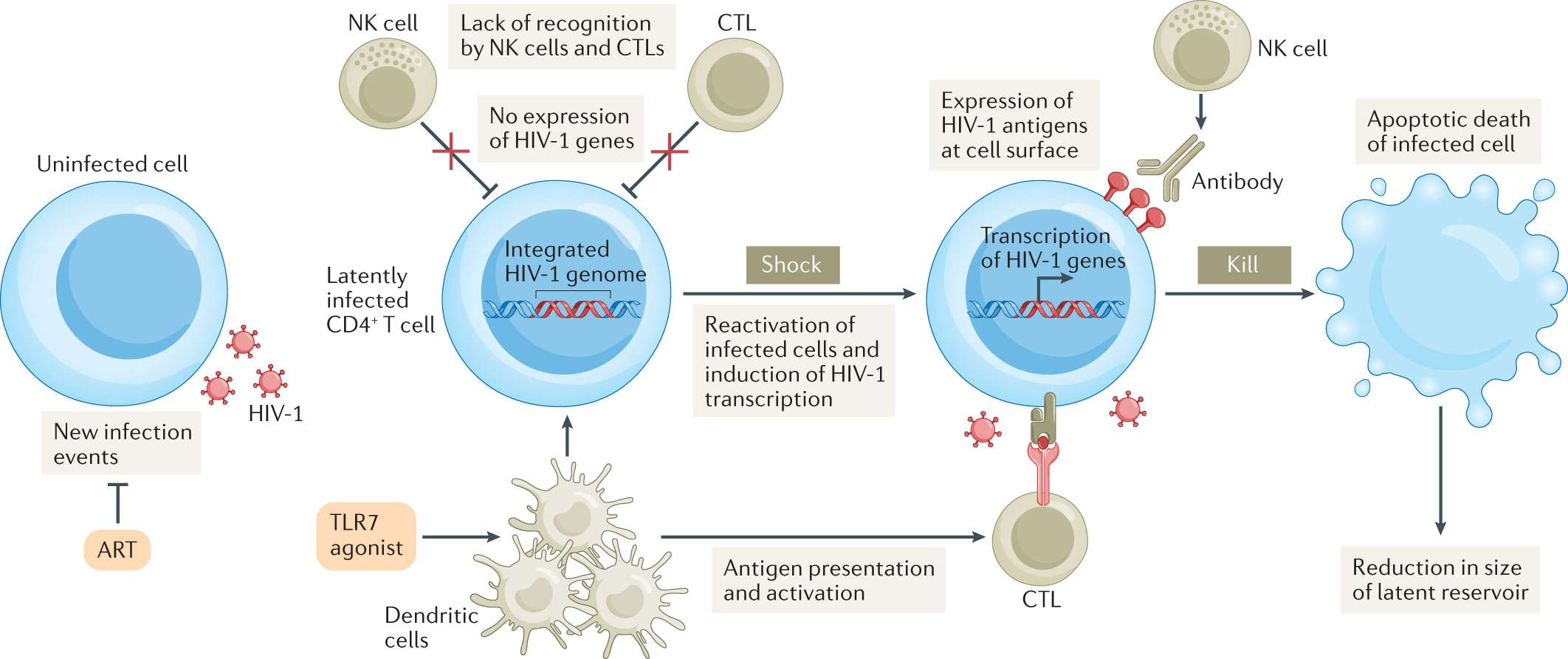In the ongoing battle against the human immunodeficiency virus type 1 (HIV-1), small molecule drug design has emerged as a crucial weapon in the fight. With the goal of inhibiting key viral targets and preventing viral replication, the development of effective antiretroviral therapies has become paramount. The Anti-HIV-1 Library, a carefully curated collection of small molecule compounds, is at the forefront of this endeavor. In this blog post, we delve into the world of small molecule drug design and explore the potential impact of the Anti-HIV-1 Library in revolutionizing HIV-1 treatment.
Small Molecule Drug Design: An Overview
Small molecules are often the ideal candidates for drug design due to their ability to penetrate cells, interact with specific targets, and be synthesized with relative ease. The process of designing small molecule drugs involves multiple steps, including target identification, lead compound selection, optimization, and preclinical testing. Through a systematic and iterative approach, these molecules are tailored to maximize potency, selectivity, and pharmacokinetic properties.
The Anti-HIV-1 Library: A Treasure Trove of Potential Therapies
The Anti-HIV-1 Library is a comprehensive collection of small molecule compounds specifically designed to target critical viral components involved in HIV-1 replication. This library presents an invaluable resource for researchers and drug developers aiming to discover novel antiretroviral agents. By screening the Anti-HIV-1 Library against the virus, scientists can identify lead compounds with potential therapeutic activity, which can then be further optimized to enhance efficacy and minimize side effects.
Targeting Viral Key Players
The Anti-HIV-1 Library focuses on several key targets crucial for HIV-1 replication, including viral enzymes, entry receptors, and fusion inhibitors. By inhibiting these targets, the library presents a multi-faceted approach to disrupt viral replication at various stages. Among the notable targets are the viral protease, integrase, reverse transcriptase, and key co-receptors involved in viral entry.
Accelerating Drug Discovery
The Anti-HIV-1 Library significantly accelerates the drug discovery process by providing researchers with a diverse set of starting points. Instead of embarking on the lengthy and resource-intensive process of synthesizing completely novel compounds, scientists can leverage this library of pre-designed molecules for initial screening. This can streamline early-stage drug development and increase the chances of identifying promising lead compounds.
Beyond HIV-1: Broad Application Potential
While the primary focus of the Anti-HIV-1 Library is on developing therapies for HIV-1, the small molecule compounds within the library may harbor potential for addressing other viral diseases. The knowledge and insights gained from exploring the library could be applied to other viral targets, enabling the development of broad-spectrum antiviral drugs that tackle a range of infectious diseases.
Conclusion
The Anti-HIV-1 Library represents a crucial milestone in the quest for effective HIV-1 therapies, driven by the power of small molecule drug design. By targeting key viral components involved in HIV-1 replication, this library offers a vast collection of potential therapeutic candidates. Through innovative screening and optimization strategies, researchers can uncover novel antiretroviral agents that may revolutionize HIV-1 treatment. Moreover, the lessons learned from the Anti-HIV-1 Library could pave the way for future advancements in antiviral drug discovery against other infectious diseases, providing hope for millions around the world.
Keywords: HIV-1, small molecule drug design, Anti-HIV-1 Library, antiretroviral therapies, viral replication, viral targets, drug discovery, viral enzymes, entry receptors, fusion inhibitors, HIV-1 treatment.




